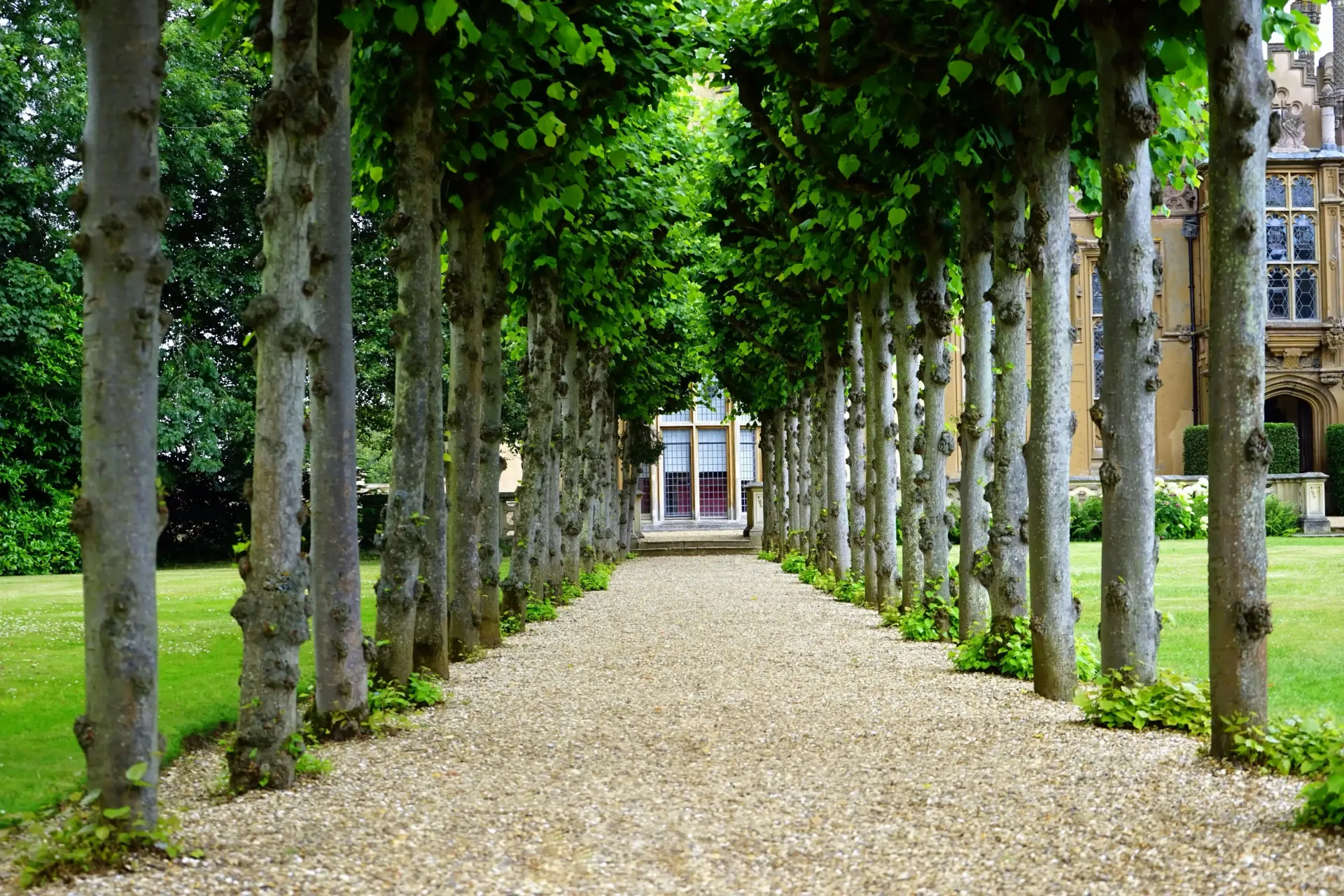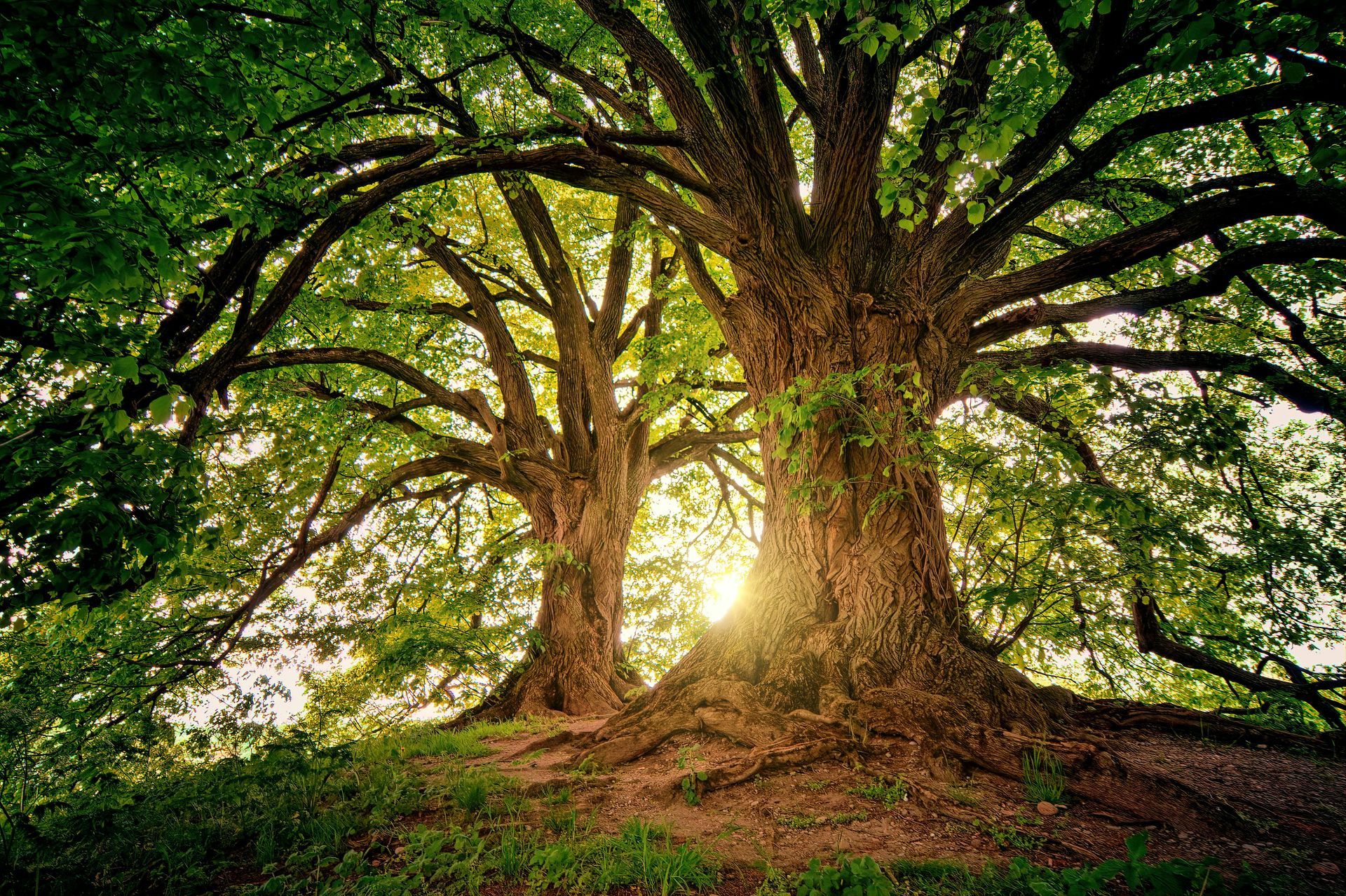How Often Should I Trim my Trees?
How Often Should You Trim Your Trees? A Homeowner’s Guide to Tree Trimming
Meta Description:
Wondering how often you should trim your trees? Learn the ideal tree trimming schedule, why it matters, and what signs to watch for in this helpful guide.
Why Tree Trimming Isn’t Just About Looks
“How often should I trim my trees?”
It’s a smart question — and a common one among homeowners trying to keep their property safe and beautiful. While many people think tree trimming is just about keeping things neat, it actually plays a huge role in tree health, safety, and longevity.
In this post, we’ll cover how often different types of trees should be trimmed, what signs to look for, and why regular trimming might save you thousands in future damage.
How Often Should You Trim Your Trees?
The general rule: most trees benefit from trimming every 1–3 years. But the exact schedule depends on the tree type, age, and condition.
🌳 Mature Trees
Trim every 3–5 years. These trees are established and generally stable but benefit from occasional maintenance to remove deadwood and improve structure.
🌱 Young Trees
Trim every 1–2 years. Proper pruning while a tree is young helps it grow with a strong, healthy structure — preventing problems later.
🌸 Flowering Trees
Trim right after blooming season. For spring bloomers, prune in early summer. For trees that flower in summer, trim in winter or early spring before new growth starts.
🌲 Evergreen Trees
Usually only need occasional trimming every few years — unless there are damaged or hazardous branches.
Signs It’s Time to Trim Your Tree Now
Even if it’s not “on schedule,” certain warning signs mean your tree needs immediate attention:
- Dead or hanging branches
- Branches near your roof, gutters, or power lines
- Cracks or splits in major limbs
- Heavy leaning or unbalanced shape
- Storm damage
Addressing these early can prevent costly damage and keep your home safe.
Why Regular Tree Trimming Matters
Trimming isn’t just about appearance — it directly impacts your trees’ health and your property’s safety:
- Encourages healthy growth by removing diseased or weak branches
- Improves tree structure to prevent breakage
- Protects your home by reducing the risk of falling limbs
- Boosts curb appeal and property value
Ignoring trimming for too long can lead to overgrowth, blocked sunlight, tangled limbs, and even pest infestations.
Can You Trim Trees Yourself?
For small, low branches on young trees — sure. With the right tools and some research, light trimming is manageable for many homeowners.
But for larger trees, trees near structures, or trees with obvious signs of disease or damage — leave it to the professionals. Improper cuts can:
- Stress the tree
- Invite disease
- Lead to regrowth in the wrong direction
- Create a major safety risk
Professional arborists know exactly where and how to cut to help your tree thrive — and keep your home safe in the process.
Best Time of Year to Trim Trees
Timing matters. While it can depend on the species, here’s a general guideline:
- Winter: Ideal for most trees, while they’re dormant and less stressed
- Spring: Best for early-flowering trees after they bloom
- Summer: Good for slowing growth or removing dangerous limbs
- Fall: Often discouraged — trees are preparing for dormancy and may not heal as fast
Pro tip: if you’re unsure when to trim a specific tree species, ask a local certified arborist.
Conclusion
So, how often should you trim your trees? For most homeowners, a checkup every 1–3 years is enough — unless you see signs of damage or rapid overgrowth. Regular tree trimming not only keeps your landscape looking great, but also protects your home, your investment, and your safety.
Call to Action
Not sure if your tree needs a trim?
Reach out to a trusted tree care expert in your area today. A quick inspection could save you from costly repairs — and help your trees stay healthy for years to come.




